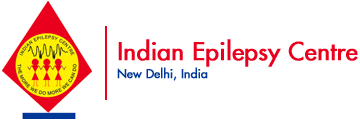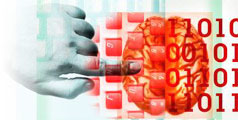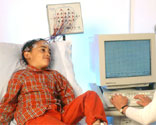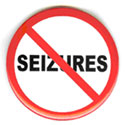
PLEASE CALL: 011-41614141
& 45695542
(Between 11:30 AM - 5:30 PM)

 |
FOR APPOINTMENTS PLEASE CALL: 011-41614141 & 45695542 (Between 11:30 AM - 5:30 PM) |
 |
Frequently Asked Questions On EpilepsyDIAGNOSIS: Q: What is the best way to diagnose epilepsy? A: The diagnosis of epilepsy is essentially made on clinical grounds. A clear eyewitness account of the fit is the most important factor in the diagnosis of epilepsy. Investigations like electroencephalogram (EEG) are helpful but the diagnosis is largely based on the clinical history. Even in the most experienced hands, many cases of epilepsy are incorrectly diagnosed while some cases of epilepsy are often missed. Other investigations like CT and MRI scan are helpful in finding the possible cause for epilepsy in many cases. Some other investigations like SPECT, Long-term Video-EEG, and neuro-psychological testing are helpful in selected cases only. Q: How can you diagnose pseudo-seizures? A: The description of these seizures in association with peculiar circumstances most often is helpful in the diagnosis. Many times the diagnosis can be extremely difficult but with modern technology it is now possible to diagnose pseudo-seizure in almost all the cases. We now utilize the technique VIDEO – EEG in which the manifestations of the fit are recorded with a video camera and EEG is also recorded simultaneously. Such patients do not exhibit any EEG abnormality during the fit. Once a correct diagnosis is arrived at, these patients with pseudo-seizures can then be managed accordingly. Next» TREATMENT |
Myths & Facts  |